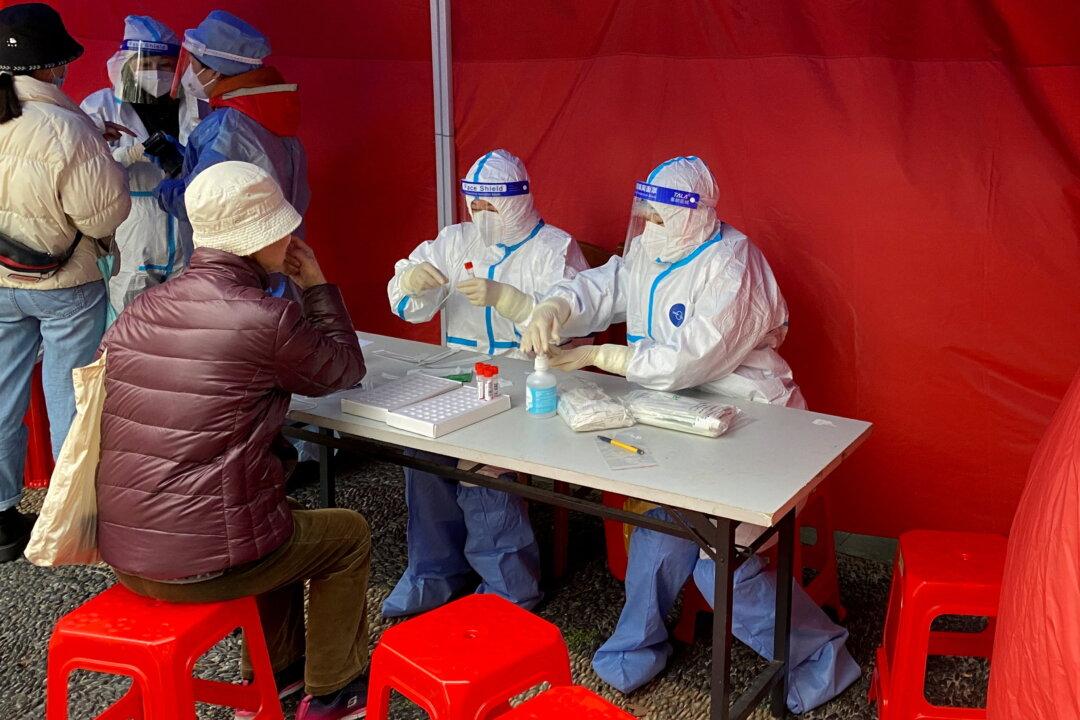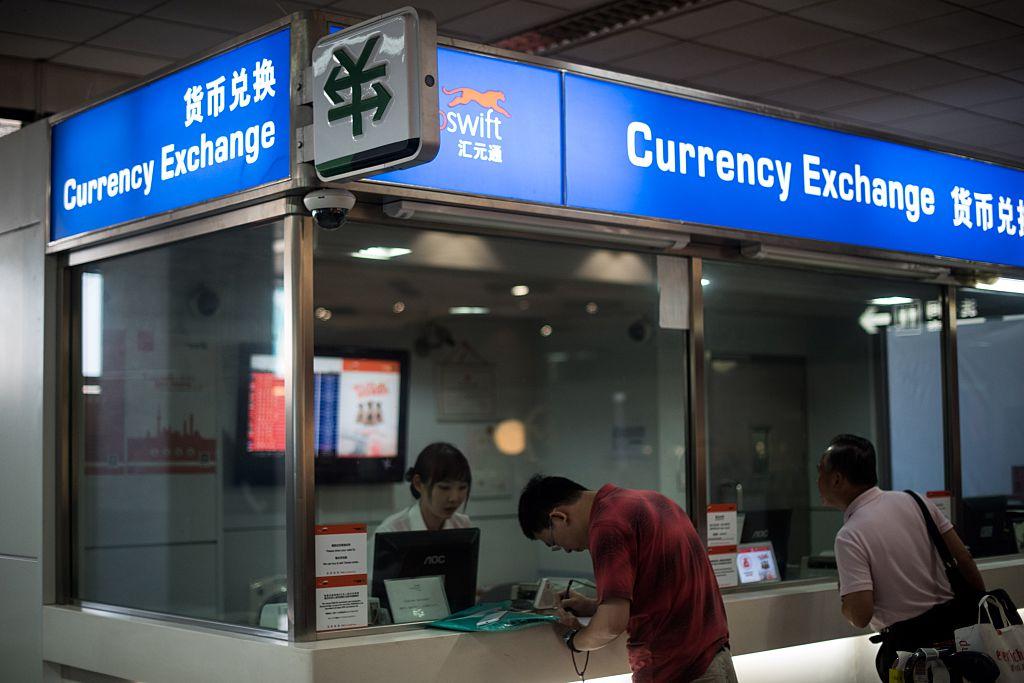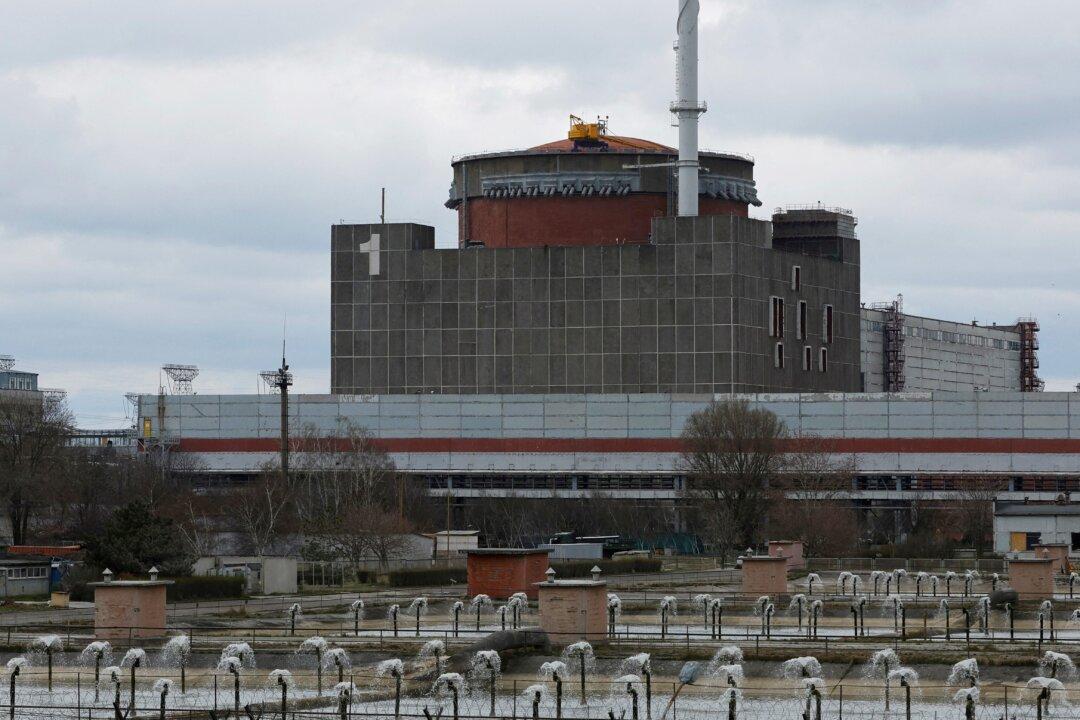Chinese authorities admitted on March 19 that outbreaks of new COVID-19 cases occurred in “multiple cities at the same time.” Although the Chinese Center for Disease Control and Prevention (China CDC) still claims that “Dynamic Zero-COVID” strategy suits the situation in China, analysts believe that this policy will make the already difficult local finances even more strained.
Liang Wannian, head of the expert panel for China’s pandemic response, clarified that the new “dynamic Zero-COVID” policy can have two meanings. One, is the ideal situation of absolutely no patients, and the other, is that as soon as there is a new outbreak, patients are “quickly identified” so that the outbreak can be “nipped in the bud.”





